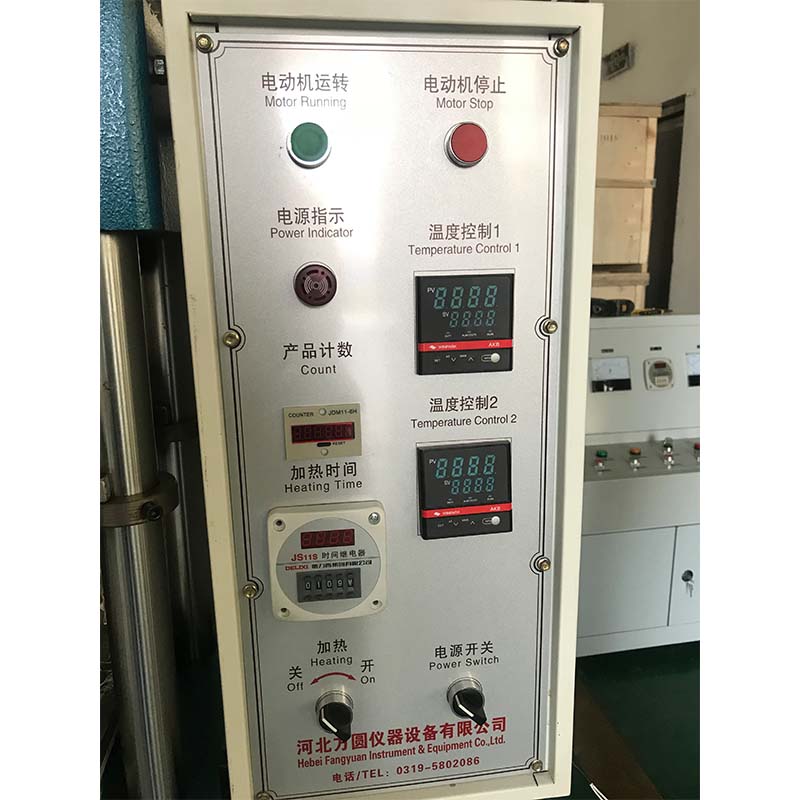UV Irradiation Cross-Linking Solutions for Advanced Manufacturing Processes
The Role of UV Irradiation in Cross-Linking for Modern Manufacturing
In the world of manufacturing, the quest for durability, efficiency, and sustainability drives continuous innovation. One fascinating technique gaining traction is the use of UV irradiation in cross-linking processes. This method is revolutionizing various industries, from adhesives to coatings, and its applications are expanding as technology evolves.
Understanding UV Irradiation and Cross-Linking
UV (ultraviolet) irradiation involves exposing materials to UV light, typically within the wavelength range of 200 to 400 nanometers. This exposure induces a photochemical reaction that leads to cross-linking—the process of chemically joining two or more molecules by covalent bonds. Cross-linking improves the mechanical and thermal properties of materials, enhancing strength, resistance to solvents, and durability under various conditions.
In a cross-linked structure, polymer chains are interconnected like a net, which significantly reduces the mobility of the individual chains, resulting in improved performance characteristics. This is particularly advantageous in industries that require materials that can withstand harsh environments, including automotive, aerospace, and medical device manufacturing.
Advantages of UV Irradiation Cross-Linking
One of the principal advantages of using UV irradiation for cross-linking is the speed of the process. Traditional cross-linking methods often require heat, chemical catalysts, or long curing times. In contrast, UV cross-linking can often be completed within seconds, drastically reducing production times. This rapid curing also allows for increased throughput in manufacturing environments, making it an attractive option for companies striving to maximize efficiency.
Furthermore, UV irradiation allows for precise control over the cross-linking process. Manufacturers can adjust the intensity of the UV light and the duration of exposure to tailor the properties of the final product. This level of control is particularly beneficial in industries where customization and precision are crucial. For instance, in the coatings industry, different levels of gloss, hardness, and flexibility can be achieved by altering the UV exposure parameters.
Environmentally Friendly Solutions
uv irradiation cross-linked machine company

In a world increasingly mindful of environmental impact, UV irradiation cross-linking stands out as a more sustainable manufacturing option. Traditional curing processes often rely on volatile organic compounds (VOCs) and other chemicals that can be harmful to the environment and human health. In contrast, UV curing typically generates little to no VOC emissions and requires fewer hazardous materials, aligning with global standards for sustainability and safety.
Moreover, the energy consumption of UV curing systems is generally lower than that of traditional methods, as UV lamps can be turned on and off as needed, reducing energy waste. This not only benefits the environment but also lowers operating costs for manufacturers.
Industry Applications
The versatility of UV irradiation cross-linking makes it suitable for a range of applications across various industries. In the adhesives sector, UV-cured adhesives exhibit strong bonding properties and quick setup times, making them ideal for assembling electronics and automotive components. In the coatings industry, UV-cured paints and finishes provide superior durability and resistance to weathering, enhancing the longevity of products exposed to harsh conditions.
Additionally, the medical sector is utilizing UV cross-linking technologies for sterilization and the development of biocompatible materials. This innovation helps create safer devices while adhering to stringent regulatory requirements.
Conclusion
As manufacturing continues to evolve, the incorporation of advanced technologies such as UV irradiation cross-linking represents a significant leap forward. With its speed, efficiency, and environmental benefits, this method is transforming how products are formulated and produced. Companies that adopt these innovative techniques stand to gain a competitive advantage, harnessing the full potential of modern technology to meet the demands of an ever-changing marketplace.
The future of manufacturing is bright, and UV irradiation cross-linking is a shining example of how industry leaders can leverage innovation to produce superior quality products while fostering a sustainable approach to production.
-
Why the Conductor Resistance Constant Temperature Measurement Machine Redefines Precision
NewsJun.20,2025
-
Reliable Testing Starts Here: Why the High Insulation Resistance Measuring Instrument Is a Must-Have
NewsJun.20,2025
-
Flexible Cable Flexing Test Equipment: The Precision Standard for Cable Durability and Performance Testing
NewsJun.20,2025
-
Digital Measurement Projector: Precision Visualization for Modern Manufacturing
NewsJun.20,2025
-
Computer Control Electronic Tensile Tester: Precision and Power for the Modern Metal Industry
NewsJun.20,2025
-
Cable Spark Tester: Your Ultimate Insulation Assurance for Wire and Cable Testing
NewsJun.20,2025
 Copyright © 2025 Hebei Fangyuan Instrument & Equipment Co.,Ltd. All Rights Reserved. Sitemap | Privacy Policy
Copyright © 2025 Hebei Fangyuan Instrument & Equipment Co.,Ltd. All Rights Reserved. Sitemap | Privacy Policy
